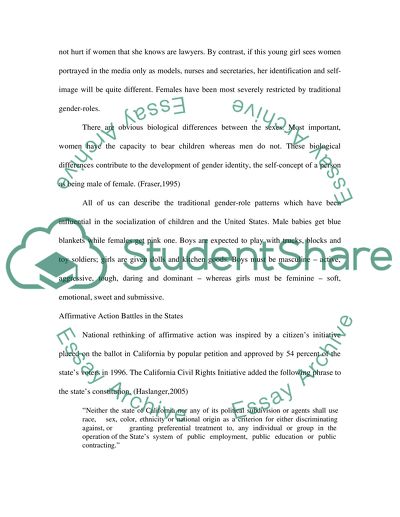Cite this document
(“Contentious Diversity Issue Essay Example | Topics and Well Written Essays - 2500 words”, n.d.)
Retrieved from https://studentshare.org/sociology/1528632-contentious-diversity-issue
Retrieved from https://studentshare.org/sociology/1528632-contentious-diversity-issue
(Contentious Diversity Issue Essay Example | Topics and Well Written Essays - 2500 Words)
https://studentshare.org/sociology/1528632-contentious-diversity-issue.
https://studentshare.org/sociology/1528632-contentious-diversity-issue.
“Contentious Diversity Issue Essay Example | Topics and Well Written Essays - 2500 Words”, n.d. https://studentshare.org/sociology/1528632-contentious-diversity-issue.


